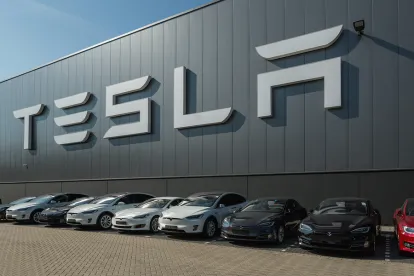With the release of the new Tesla semi-truck in November, the public’s attention was captured with the idea of emission-free movement of freight. In the United States, over 70% of freight is carried at some point by truck, and the potential transition from diesel to electric could have a dramatic impact on emissions. However, recent developments have broadened the focus of electric transportation of goods from just trucking to other modes of transport, including ships and airplanes.
Not to be outdone by trucking, over 90% of goods in the world travel at some point by ship. Bunker fuel, which powers the world’s largest ships, is high in sulfur with the Guardian once reporting that, “just 15 of the world’s biggest ships may now emit as much pollution as all the world’s 760m cars.” While, shipyards and shipping companies may be slower to react to environmental trends, fortunately some are starting to take action along the lines of the trucking industry. A pair of electric ferries are now running a 2.5-mile journey between Sweden and Denmark, carrying passengers and cars between the two countries. While the range is unimpressive, a Chinese shipyard has launched an electric cargo ship for transporting coal (the irony is noted) 50 miles between shipyards. Granted, the transpacific journey is approximately 6000 miles and range will continue to serve as a severe limitation for long-distance shipping. However, as the automotive industry seeks gains in energy density and charging speed, these gains will filter to other modes of transportation enabling all-electric transport from factory to store shelf.
Similar to recent advances in shipping, the airplane industry is also making major strides. Airbus, Rolls Royce, and Siemens are teaming up to develop and test an electric turbine. Like with ships, energy density of batteries is likely to be the limiting factor in the long run for implementing all-electric planes. Battery density grows by some estimates between two and three percent and up to 7% each year, but the industry is likely still waiting for significant developments of a new form of battery chemistry before the five-fold leap in battery density enables commercial-scale jet flights. In the meantime, battery density has proven sufficient for short distances in personal aircraft and serve as a proof-of-concept for electrified flight.
What should be taken away is that the advances in batteries first driven by the auto industry have started to yield substantial improvements in battery density. Specifically, batteries are now enabling conversion to electric power from conventional fuel sources in the shortest routes and smallest applications in shipping and air transport, respectively. The automotive industry will likely continue to serve as a catalyst, driving the technology forward in tangential industries, whether it’s within the transportation sector or into fields of energy storage and power generation.



 />i
/>i

